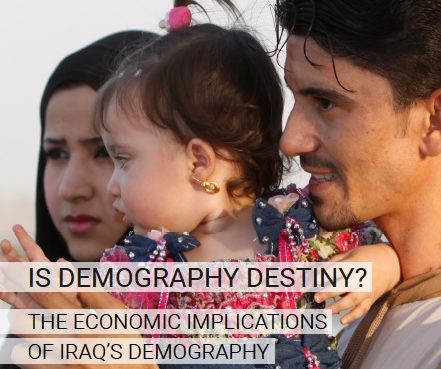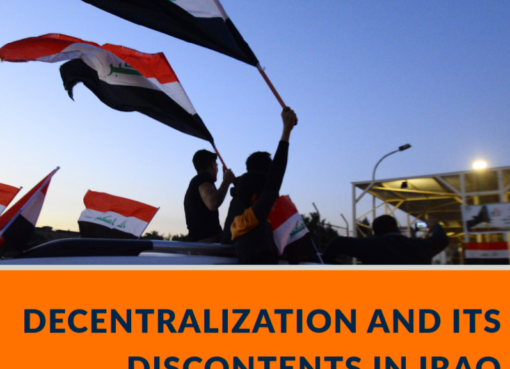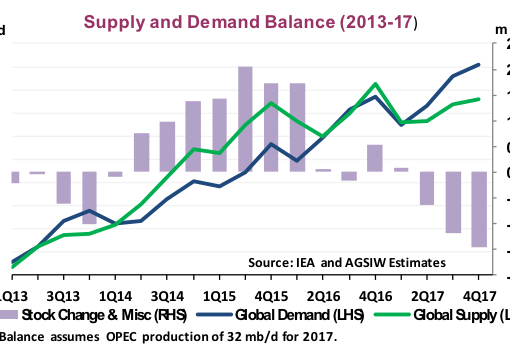Key Findings
Context, Shocks/Events and Impact of the Crisis As Iraq enters 2022, the humanitarian context is paradoxical and evolving. Many gains and positive developments continue to gain strength, slowly bringing millions previously affected by the Islamic State of Iraq and the Levant (ISIL) and related counter-military operations back towards parity with other Iraqis. Yet, simultaneously, humanitarian need and displacement remain stubbornly persistent for a relatively small but deeply vulnerable portion of the population.
It has been eight years since the first emergence of ISIL. The intervening years have been filled with horrific suffering, widespread destruction, the fraying of a diverse social tapestry, and the internal displacement of some 6 million Iraqis. More recently, these years have given way to a new – albeit tenuous – hope for the future, as the country progresses towards recovery.
Since the conclusion of formal military operations against ISIL in 2017, significant reconstruction and rehabilitation efforts have restored roads, reopened local markets, restarted public water and electricity, and rebuilt housing, health facilities and schools. Approximately 4.8 million previous displaced Iraqis have returned to their home districts. Early parliamentary elections were successfully held in October 2021. In September 2021, the United Nations (UN) and the Government of Iraq (GoI) signed the first Sustainable Development Cooperation Framework. The impact of the twin shocks experienced in 2020 from the COVID-19 pandemic and plummeting oil prices began to subside, due to the lifting of most COVID-19 preventative measures and the increase in oil prices. Iraq’s economy is now growing, and many jobs have been regained.
Yet the humanitarian situation of millions of currently and formerly internally displaced Iraqis has not seen significant changes since the publication of the 2021 Humanitarian Needs Overview (HNO). Of the 6 million people who were displaced between 2014 and 2017, about 19 per cent (1.2 million people) remain internally displaced; of these, 67 per cent were displaced during the first 15 months of the crisis. Between December 2020 and September 2021, the number of internally displaced persons (IDPs) in Iraq only declined by about 35,000 people.
Hundreds of villages, especially in Ninewa, Diyala and Erbil (Makhmour), are yet to see any of those displaced during the ISIL crisis return; in other locations especially in Sinjar and Al-Mosul districts in Ninewa Governorate, in Al-Kaim and Al-Ramada districts in Al-Anbar, as well as in Tooz Khurmato District in Salah Al-Din, many of those who tried to return failed and had to re-displace due to limited rehabilitation and recovery or social tensions and insecurity; and in some areas, primarily in the governorates of Babil, Salah Al-Din (Balad District), Al-Anbar (Al-Kaim District) and Diyala (Al-Muqdadiya District), some IDPs have been blocked from returning due to issues related to security or documentation. Those who have returned home continue to struggle with limited access to services and livelihoods, amid high levels of social, political and security tensions.
Scope of Analysis
The 2022 Iraq HNO focuses on the humanitarian needs of the people displaced by the 2014-2017 ISIL attacks and subsequent military operations to defeat them. The analysis covers all districts in Iraq that were either directly impacted by the crisis or which host IDPs and returnees, namely in the governorates of Al-Anbar, Baghdad, Diyala, Duhok, Erbil, Kirkuk, Ninewa, Salah Al-Din and Al-Sulaymaniyah.
UN Office for the Coordination of Humanitarian Affairs
To learn more about OCHA’s activities, please visit https://www.unocha.org/.
Download the full report
iraq_hno_2022_executive_summary_en_-_issued_27_march








Comment here